Cars of Cuba: Reflections on Decades of Restoration
- Nomad’s Lens
- May 2, 2018
- 2 min read
Cuba is known for maintaining and occasionally restoring pre-1960s American-made vehicles. The embargo on Cuba (called el bloqueo in Cuba) was initially imposed in 1958 and intensified to include all US imports in 1962.
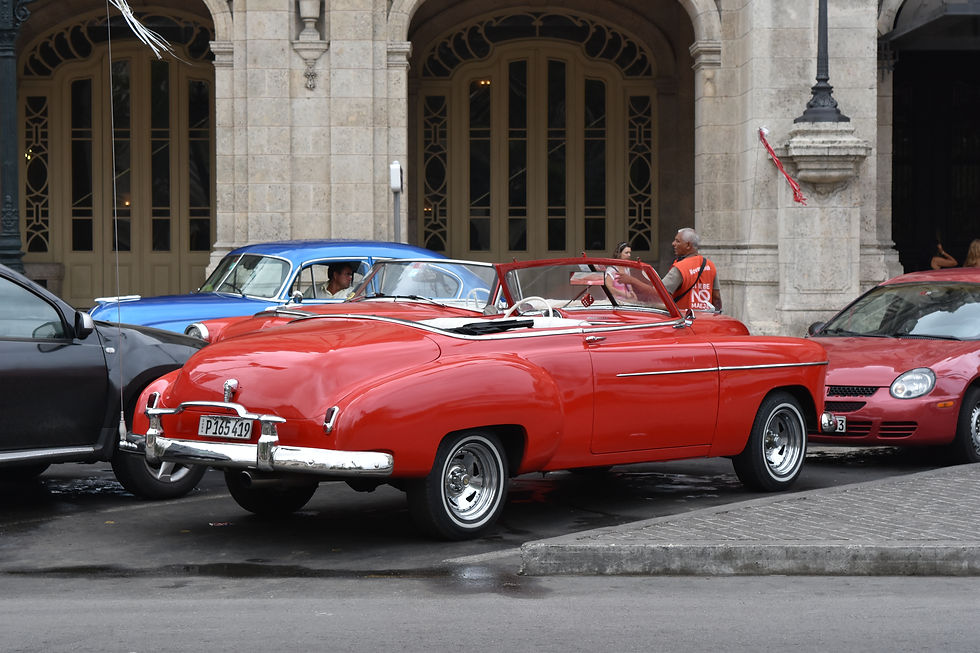
As with the restored vehicle, Cubans have persevered through the chill of the cold war and limited resources resulting from decades of trade restrictions.

The sanctions against Cuba were expanded with the Helms-Burton Act of 1996 which restricted US citizens from doing business in Cuba.
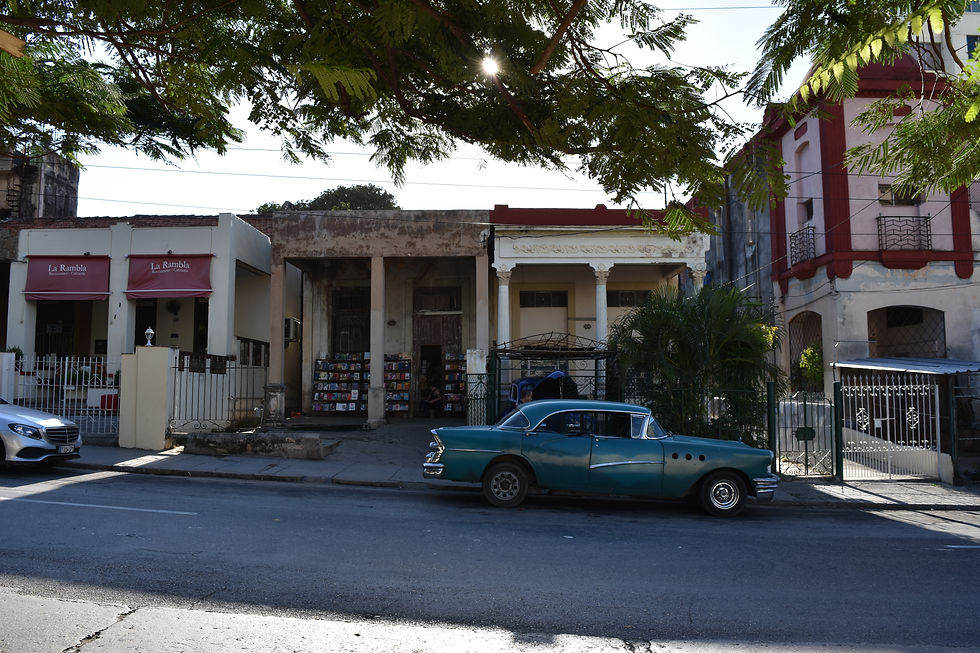
The vehicles and vibrant culture have been continuously restored. In the bustling capital of Havana, there are several stores selling historic relics, books and newspapers recounting the Cuban revolution.

Fortunately, President Obama eased many of these restrictions - particularly with regards to travel - allowing Americans to visit to Cuba during the brief period of optimism just before Donald Trump was elected.
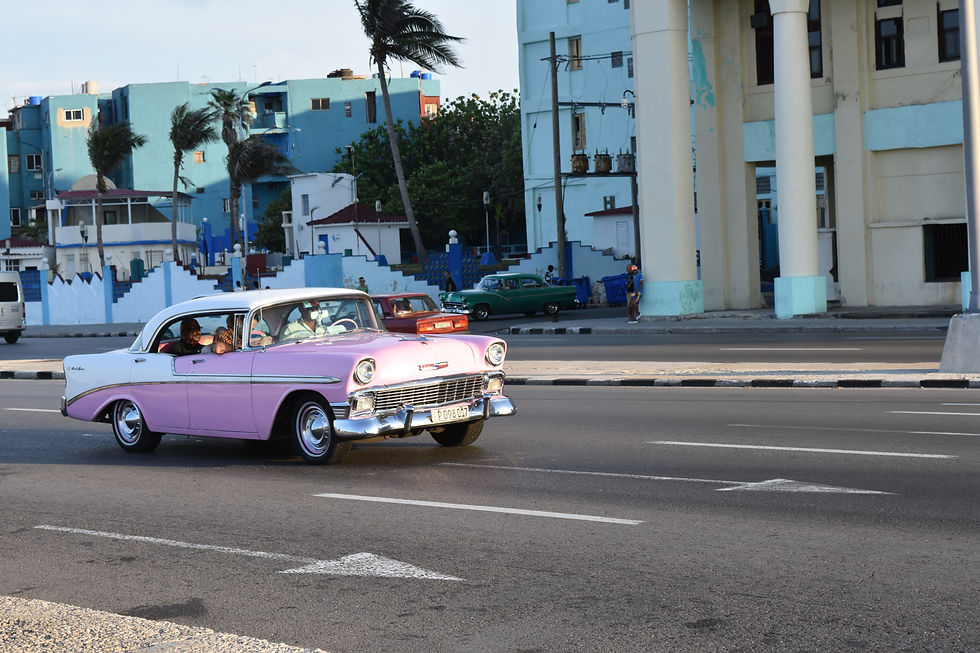
The colorful cars brighten the roadway as they pass tropical pastel buildings many of which have been renovated as with the restored classic automobiles.

The vibrant cars and culture of Havana, Cuba are evident in the pulse and rhythm of the city. The people of Cuba are wonderfully engaging and friendly toward Americans in spite of our governmental differences.

The vintage Chryslers and Chevrolets (and occasional Fords) number more than 60,000 on the streets of Havana, Cuba. Nearly all have been completely restored.

Many of the vintage vehicles serve as taxis. There appears to be a locally accepted "code" for hailing a local taxi, and certainly, the payment system is not shared with tourist.
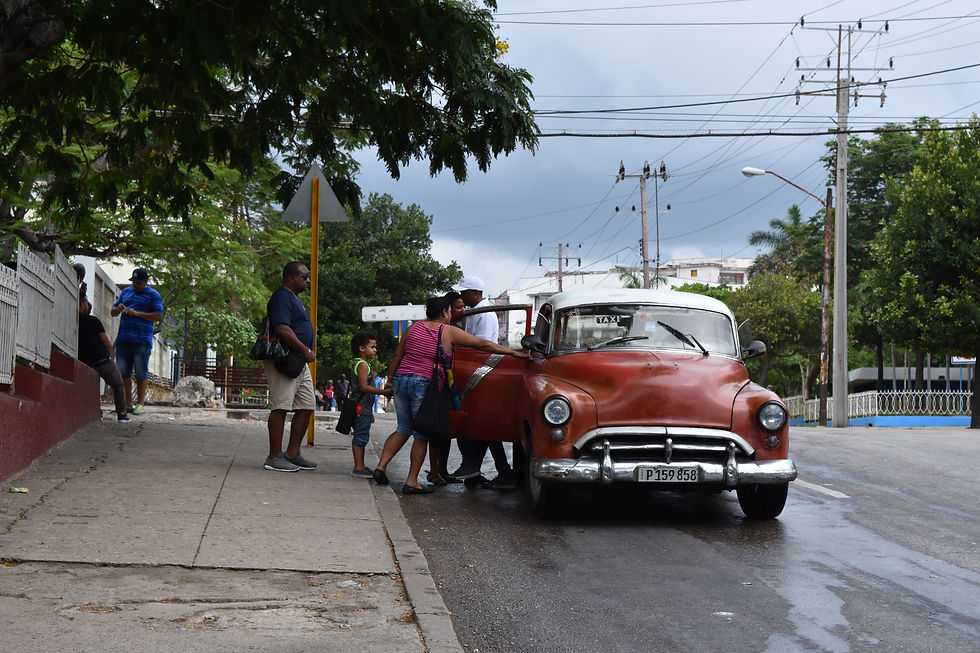
The majority of unlabelled local vintage taxis provide transportation for locals; however, many drivers are willing to transport tourist (there is typically little to no price negotiation as the price is set by the Cuban government).
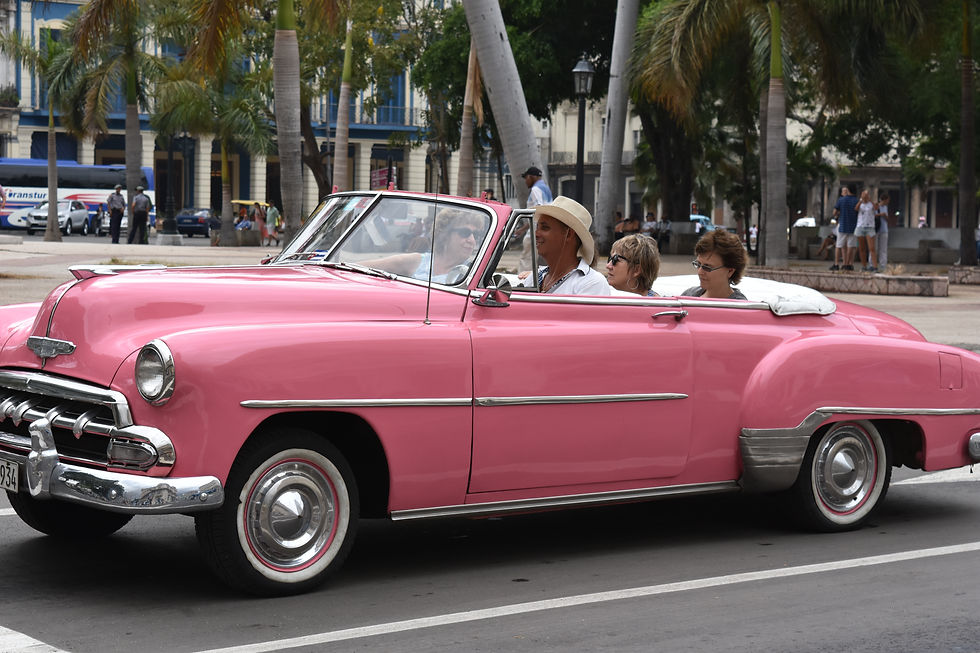
Regardless of the age or condition of the taxi, tourist will pay $10-$20 CUC depending on the distance traveled.

The vehicles nicely accent the century-old Spanish influenced architecture. The beautiful home (pictured below) sits in stark contrast to the more modern Hotel Habana Libre seen in the distance on the photo below.
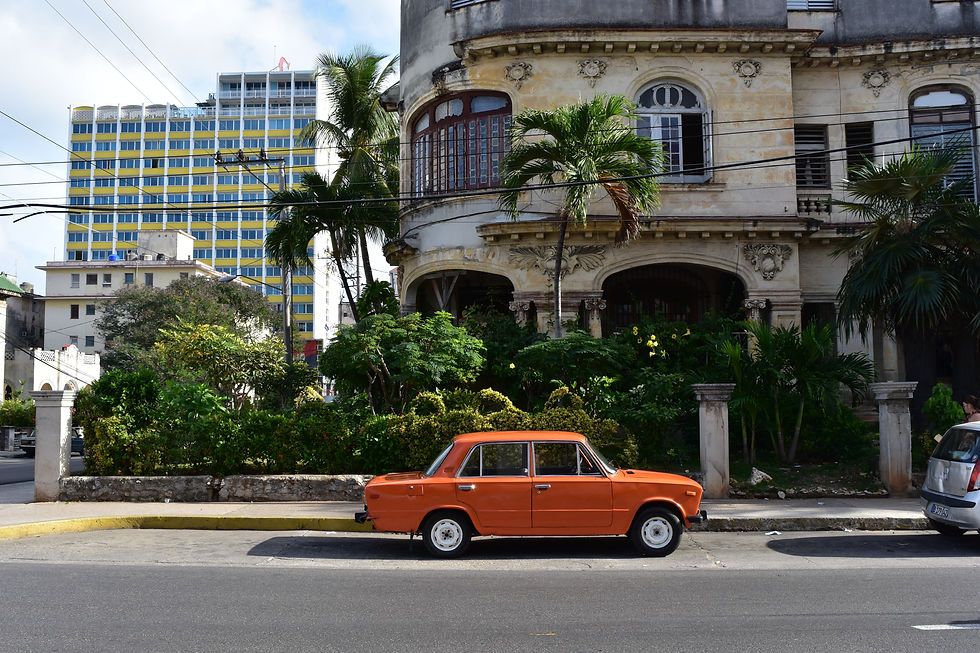
The activities in the local Havana neighborhoods are as colorful and vibrant as the clothes hanging from the open windows and the vehicles.
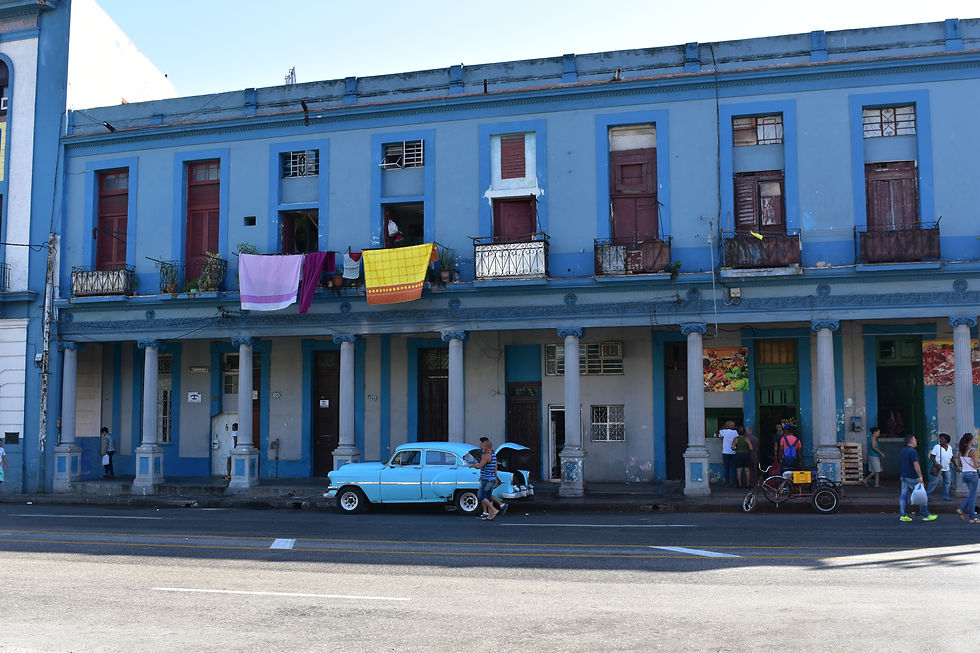
The local tour companies offer scenic rides along the Malecon with a guided tour of old and new Havana. There is a brief stop in Revolutionary Square.

The city tours in vintage convertibles are expensive ($40-$60 CUC), but well worth the price. Please mention Nomad's Lens on your next visit to Havana, Cuba.





